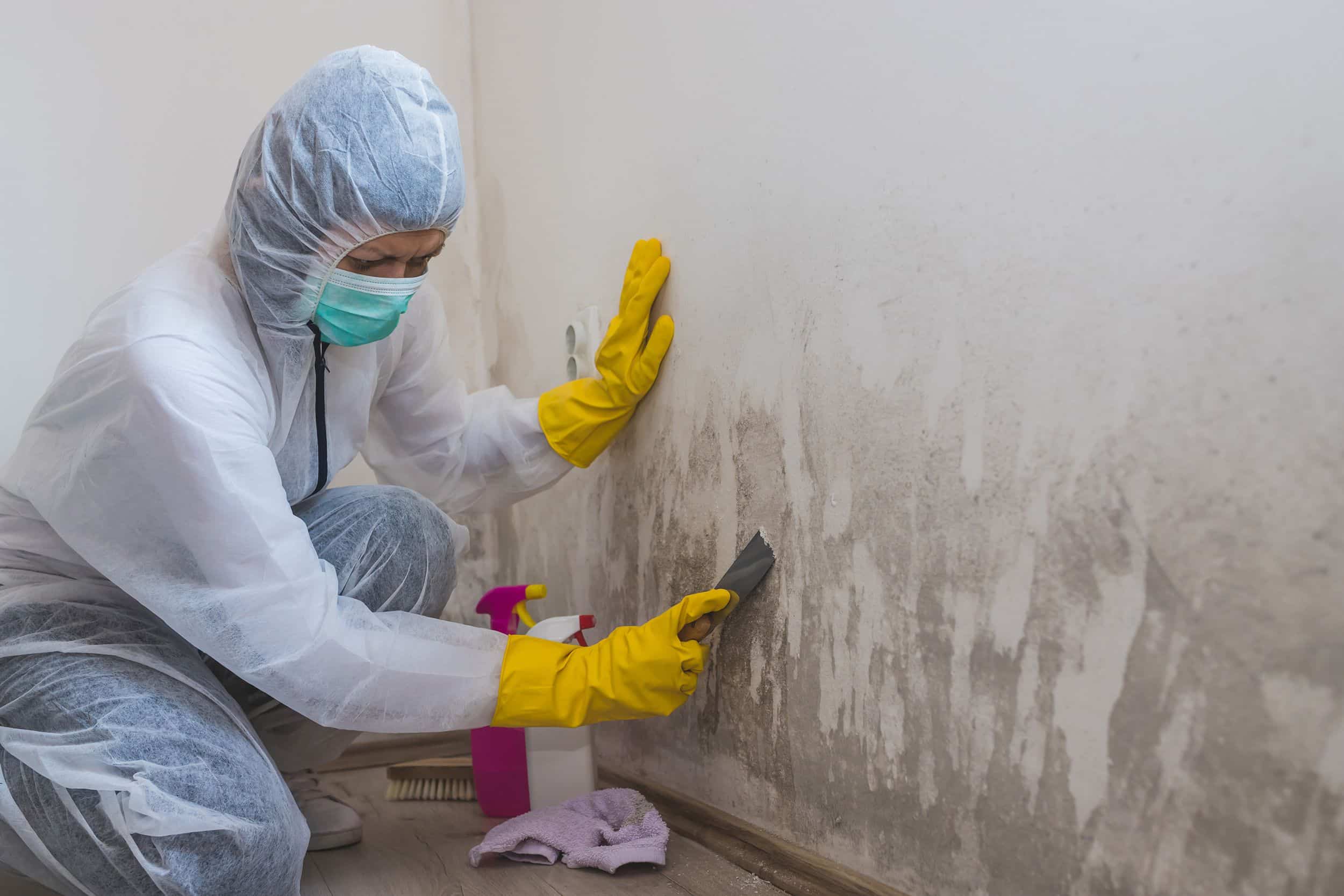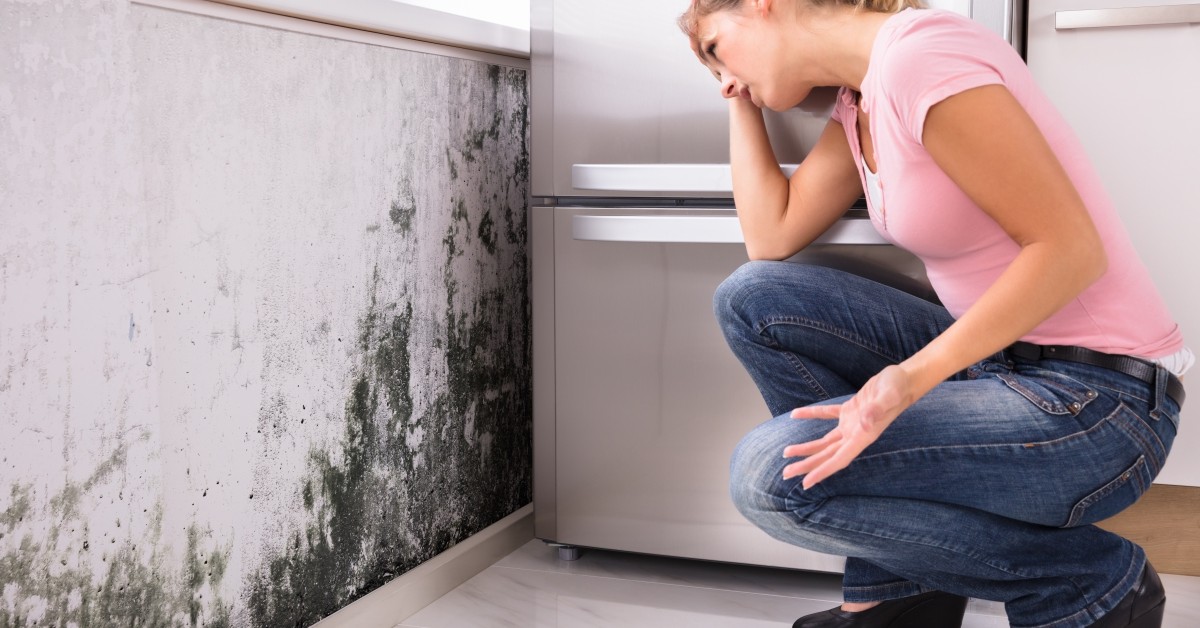Situating Post Remediation Inspection Near Me Providers
Situating Post Remediation Inspection Near Me Providers
Blog Article
Specialist Tips for Message Mold And Mildew Removal Success
In the realm of mold remediation, efficiently removing mold is just half the battle; truth difficulty depends on avoiding its reappearance. Post-remediation efforts play an essential duty in guaranteeing a mold-free setting in the long-term. By adhering to expert pointers and finest techniques, individuals can guard their rooms against mold and mildew resurgence and maintain a healthy and balanced interior atmosphere. It is in this stage of the removal process that attention to detail and proactive actions truly make a difference.
Monitor Humidity Degrees Frequently
After finishing mold remediation procedures, keeping optimal moisture levels is important to avoid mold re-growth and ensure a healthy and balanced indoor atmosphere. High humidity degrees above 60% produce a conducive environment for mold to grow, making normal monitoring an aggressive procedure to protect against any kind of future mold and mildew issues.
Making use of hygrometers or wetness meters can help in properly gauging humidity levels in various locations of the residential property. These devices offer real-time data that makes it possible for remediation professionals to make enlightened choices regarding ventilation, dehumidification, and various other needed actions to preserve perfect humidity degrees post-remediation. In addition, developing a regular schedule for moisture checks, particularly in high-risk areas such as cooking areas, basements, and shower rooms, is an aggressive strategy to mold and mildew prevention. By continually keeping an eye on moisture levels, homeowner can efficiently mitigate the risk of mold reoccurrence and keep a healthy indoor atmosphere post-remediation.
Conduct Thorough Inspections Post-Remediation
Adhering to the completion of mold removal treatments, it is vital to carry out detailed inspections to verify the efficiency of the removal procedure. These post-remediation evaluations are essential in guaranteeing that the mold issue has been successfully dealt with and that there is no recurrence or staying mold growth. Inspections ought to be lugged out by certified professionals that have experience in determining mold and assessing interior air quality.
During these evaluations, different techniques such as aesthetic analyses, air sampling, and surface area sampling might be employed to completely examine the remediated areas. Aesthetic analyses entail a detailed assessment of the properties to look for any visible indicators of mold growth or water damage. Air sampling helps in determining the airborne mold spore degrees, while surface area tasting can find mold particles on surfaces.
Implement Appropriate Air Flow Approaches
After ensuring the performance of the mold removal process with complete inspections, the next essential step is to focus on implementing proper air flow strategies. Sufficient air flow is vital in avoiding mold and mildew reoccurrence by managing moisture levels and advertising air circulation.
Proper ventilation not just aids in preventing mold and mildew growth however also contributes to the general health and convenience of occupants. By ensuring ample air flow throughout the property, you can reduce the risk of mold regrowth and develop a much healthier living setting. Regular maintenance of air flow systems, consisting of cleaning and filter substitutes, is crucial to sustaining reliable next page ventilation. Consulting with a/c professionals can supply more insights right into enhancing air flow methods for continue reading this your certain residential property requirements.

Use Mold-Resistant Products for Services
To boost the lasting performance of mold removal efforts, integrating mold-resistant products for repair work is important in alleviating the threat of future mold and mildew development. Mold-resistant materials are created to withstand dampness and prevent mold development, making them a crucial selection for areas susceptible to wetness and moisture. When fixing areas influenced by mold, using products such as mold-resistant drywall, mold-resistant paints, and mold-resistant caulking can aid avoid mold and mildew reappearance.
Mold-resistant drywall is an exceptional option to typical drywall in areas like cellars and bathrooms where dampness levels are higher. When revealed to damp conditions, this kind of drywall has a special covering that stands up to mold growth also. Additionally, utilizing mold-resistant paints consisting of antimicrobial agents can further inhibit mold and mildew development on ceilings and wall surfaces.
In locations where dampness is common, such as bathroom and kitchens, utilizing mold-resistant caulking around tubs, windows, and sinks can help secure out water and protect against mold and mildew from taking hold in cracks and gaps. By purchasing these mold-resistant products throughout repair work post-remediation, you can significantly reduce the possibility of future mold and mildew problems and preserve a much healthier indoor atmosphere.
Maintain Sanitation and Address Water Issues
After mold and mildew remediation, it is important to preserve a clean atmosphere to stop the regrowth of mold. Leakages, water invasion, or high humidity degrees can produce the best reproduction ground for mold, so it is critical to deal with any water-related troubles immediately.
To keep tidiness, consider making use of HEPA filters in vacuum cleaners and air cleansers to catch mold spores and stop their flow airborne. Guaranteeing helpful site proper air flow in areas vulnerable to moisture accumulation, such as kitchens and restrooms, can aid keep humidity levels in check. By remaining alert concerning tidiness and resolving water concerns promptly, you can efficiently stop mold reinfestation and keep a healthy and balanced interior atmosphere.
Conclusion

In the world of mold and mildew remediation, successfully removing mold and mildew is only half the battle; the true challenge lies in stopping its reappearance. After completing mold removal procedures, maintaining ideal moisture levels is essential to protect against mold and mildew re-growth and make sure a healthy and balanced indoor atmosphere. High moisture levels over 60% produce a helpful environment for mold to prosper, making routine checking an aggressive action to stop any future mold issues.
To improve the lasting performance of mold and mildew removal efforts, incorporating mold-resistant products for repairs is vital in mitigating the danger of future mold and mildew growth. After mold remediation, it is crucial to keep a tidy environment to stop the regrowth of mold and mildew.
Report this page